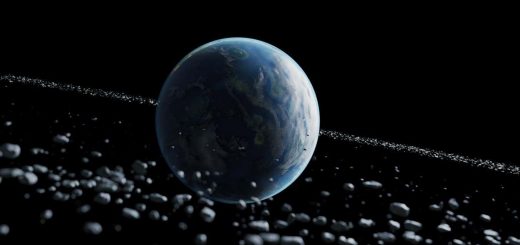Shrinking Antarctic sea ice is warming the ocean faster than expected
Antarctic sea ice extent has fallen dramatically in recent years – the effects include accelerated ocean warming, faster loss of inland ice sheets and severe impacts on wildlife
By James Woodford
1 July 2025
Antarctic sea ice cover in recent summers has been far below historical levels
Nature Picture Library / Alamy
The collapsing sea ice around the Antarctic continent has led to a doubling in the number of icebergs calving from ice sheets and a surge in sea temperatures, and the impacts are growing more severe as heat accumulates in the Southern Ocean.
Sea ice extent at both poles has decreased precipitously over the past decade. In 2023, the area of Antarctic winter sea ice was a record 1.55 million square kilometres below the expected average extent.
Read more
Antarctica is in crisis and we are scrambling to understand its future
Advertisement
This equates to the disappearance of an area of ice nearly 6.5 times the size of the UK. Ice extent in 2024 was nearly as low, and 2025 is tracking towards a similarly grim level.
Edward Doddridge at the University of Tasmania, Australia, and his colleagues set out to understand the implications of a long-term, drastically reduced protective buffer of sea ice in Antarctica.
The team found that in summers with low sea ice since 2016, the loss of sea ice led to a 0.3°C rise in the average temperature in the Southern Ocean between the latitudes of 65° and 80° south.


